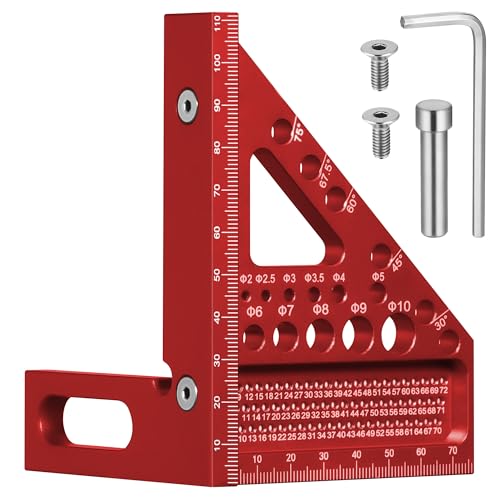johnnyb
Established Member
I've just got some Fred lambert rounders. I can never resist these and there I'm great nick.
There not the normal ones or even the Griffin ones but some that look to predate those styles a bit. Anyone seen the sort? Maybe they were cut down to work on a lathe/stail engine.
Even the wooden ones are beautifully made having brass inserts at the exit.
There not the normal ones or even the Griffin ones but some that look to predate those styles a bit. Anyone seen the sort? Maybe they were cut down to work on a lathe/stail engine.
Even the wooden ones are beautifully made having brass inserts at the exit.


















